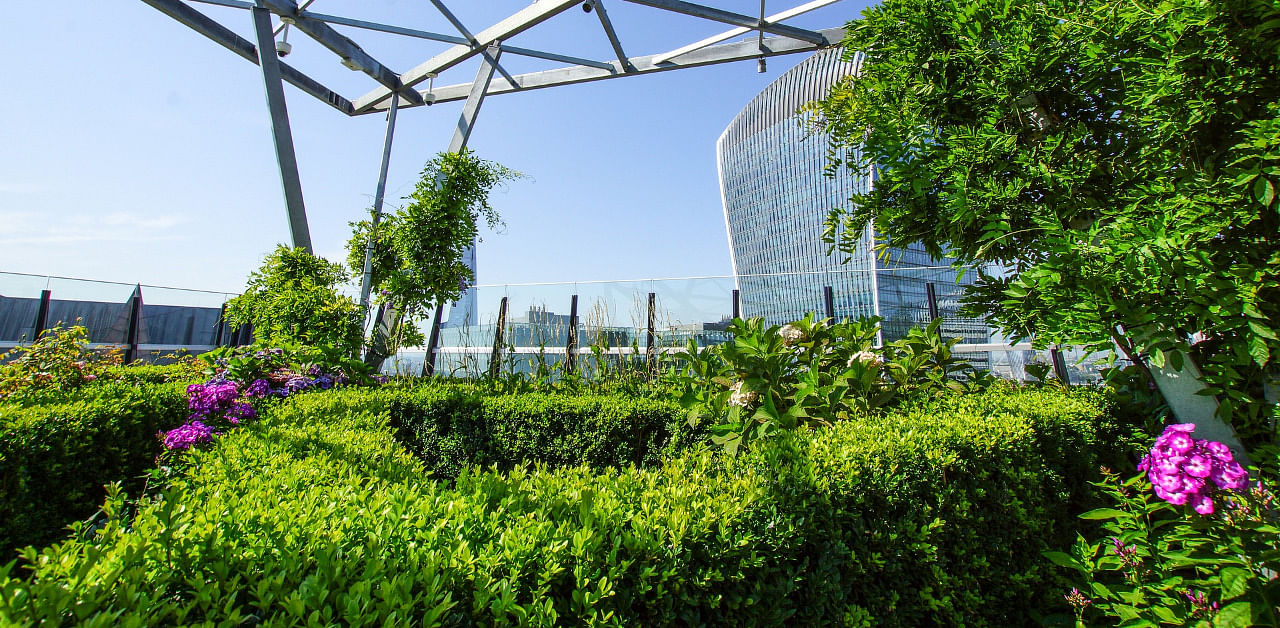
Even though they give relief to the eyes in concretised urban landscapes, Indian scientists on Monday warned against houses with big lawns or roof-top gardens in the Indo-Gangetic plains as they add to the killer mugginess, which is on the rise due to irrigation.
While planting of the trees is alright, it is the regularly-watered lawns and rooftop gardens that add to the moist-heat stress, which is more closely linked to human mortality in India, according to scientists at the Indian Institute of Technology, Gandhinagar, who for the first time unearthed the role that irrigation played in exacerbating heat stress, especially among those working outdoors.
For the last 50 years, irrigation is on the rise in north India corresponding to increased farm productivity. The area under irrigation has doubled in the same period. As an added benefit, it helped lower the surface temperature.
But on the flipside, such extensive irrigation also led to release of huge amounts of moisture in the lower atmosphere, which in turn increases the ‘moist heat stress’ adversely affecting 37-46 million people in South Asia despite a cooler land surface, says the IIT study published in Nature Geoscience. Even people in Pakistan and Afghanistan experience gradually rising discomfort.
Heat stress occurs when the human body can’t cool itself, and can result from high environmental temperatures alone (dry heat stress) or from high temperatures with humidity (moist heat stress) — the latter is more closely linked to human mortality in India.
“Very high levels of moist heat stress are strongly related to heat-related mortality. While dry heat can be countered by drinking excess water, moist heat leads to high levels of discomfort and mugginess, which can be deadly,” principal investigator Vimal Mishra from IIT, Gandhinagar told DH.
Mishra and colleagues from Purdue University in the USA and Helmholtz Centre for Environmental Research in Leipzig, Germany discovered how irrigation played a key role in exacerbating the heat stress using a variety of in situ and satellite observations, together with state-of-the-art numerical simulations.
They found that although irrigation causes land surface cooling, it also leads to substantially higher surface humidity by reducing the height of the lowest part of the atmosphere, known as the planetary boundary layer. As a result, irrigation mitigates dry heat stress, but enhances moist heat stress.
Such stress is linked more strongly with mortality enhancement in the Indo-Gangetic plain in the last 40 years whereas extreme dry heat declined.
“Big lawns and rooftop gardens add to the moist heat stress in areas like the Gangetic plain, which has high humidity. Urban planning should be more judicious keeping the humidity factor in mind,” said Mishra.
With studies predicting a rise in temperature in India, the study suggests that the combination of increased irrigation and climate warming would lead to a substantial rise in heat stress in India over a prolonged period.
